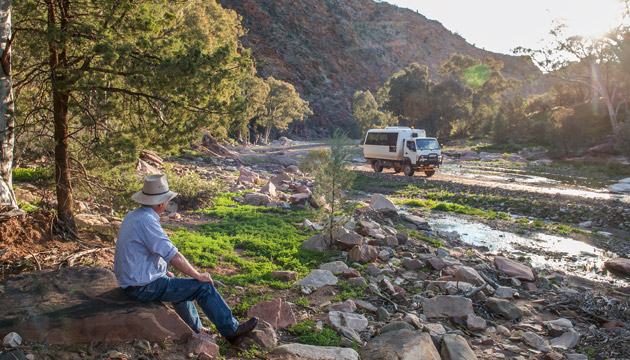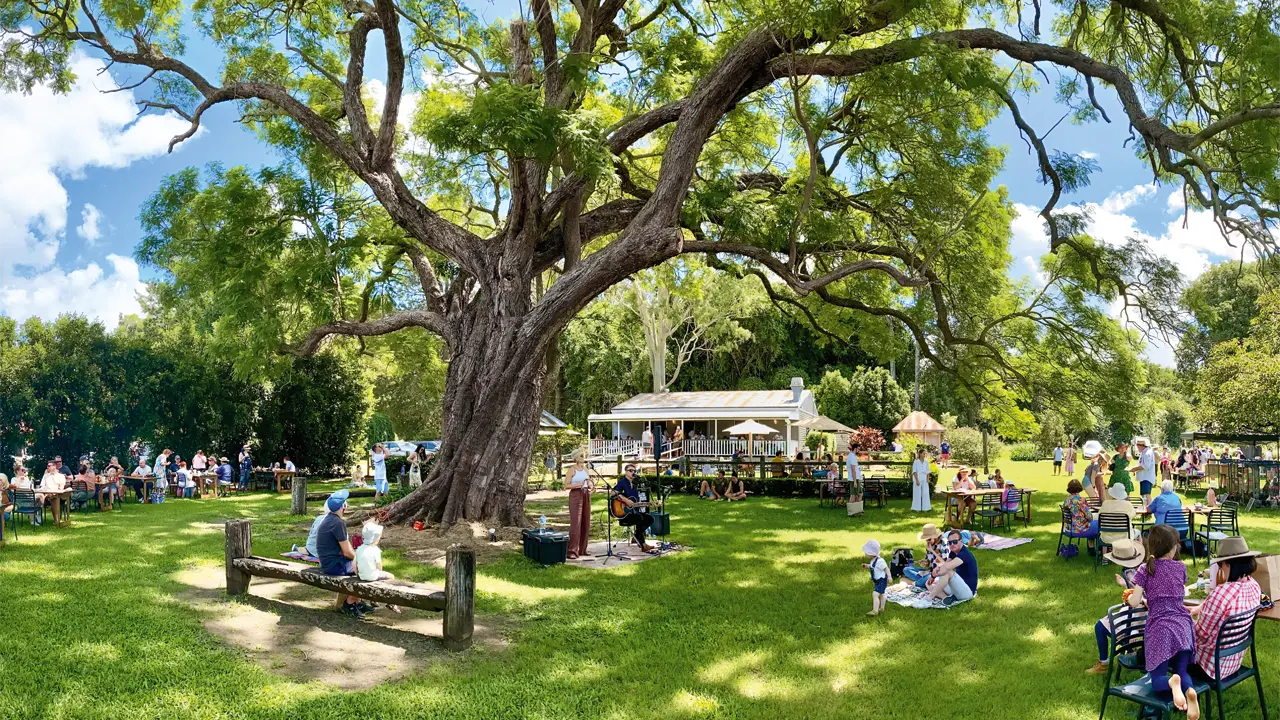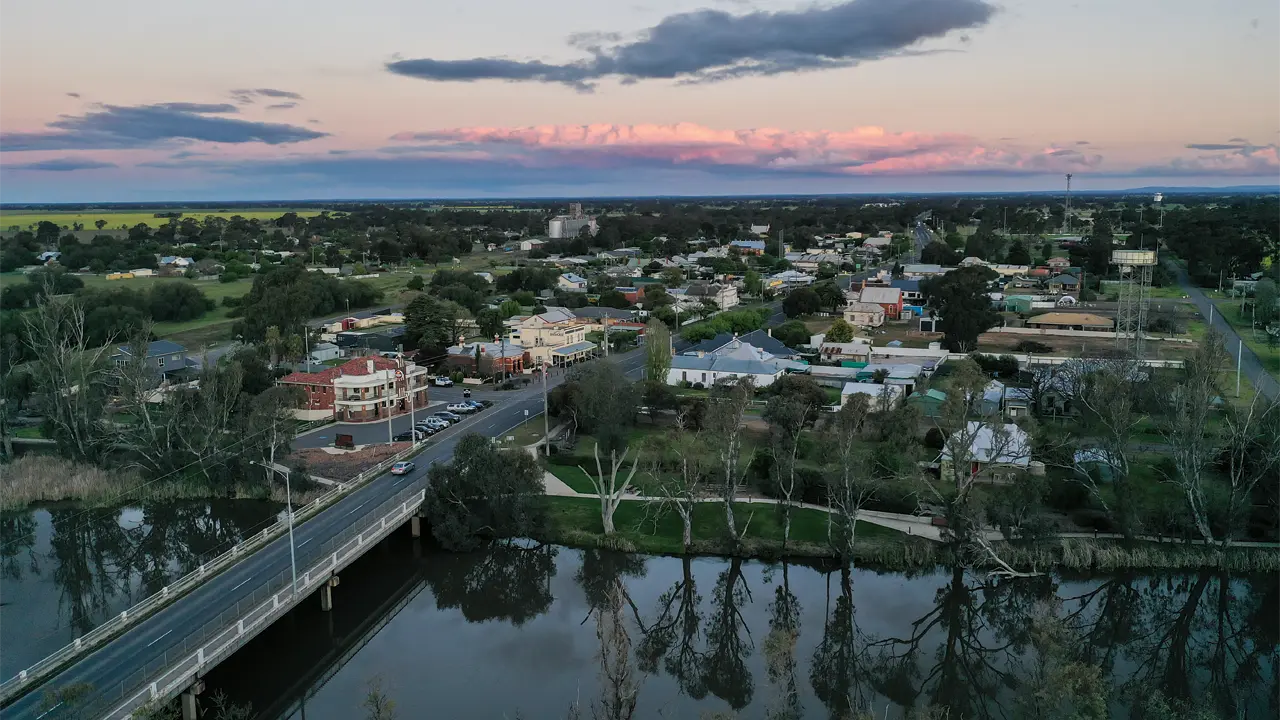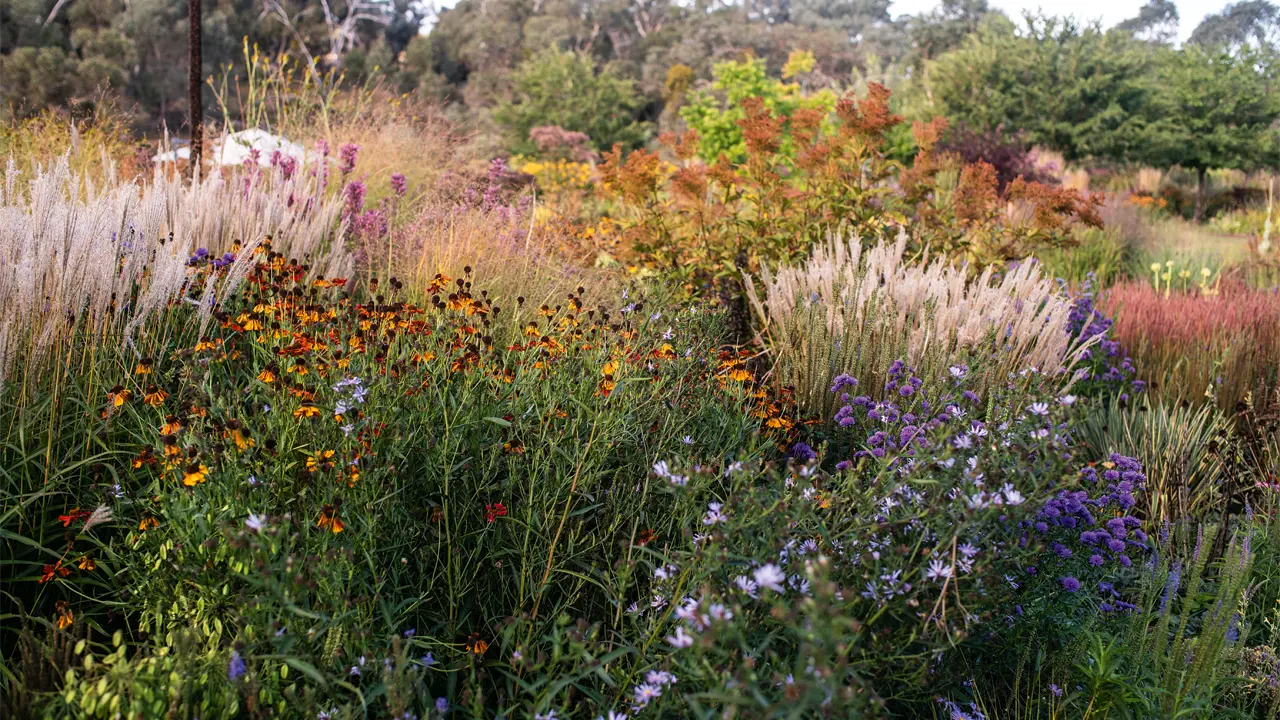This exceptional outback tour takes you to where it all began.
Story and photos Cormac Hanrahan
The Pilatus PC-12 gleams as it takes off on a crisp Adelaide morning. Aboard, seven excited travellers snuggle into deep sheepskin seat covers and make themselves at home. Next to the pilot sits the group’s guide, fifth-generation pastoralist Dean Rasheed. Silver-haired, charismatic and ruggedly handsome (“He would have caused some trouble back in the day,” notes one of the women), Dean has lived all his life in the Flinders Ranges, the spectacular centrepiece of this four-day tour.
The group is on the trail of one of Australia’s most iconic bush characters – Reginald Murray (RM) Williams. They’ve already had a wonderful night at the historic Mayfair Hotel, in the heart of the city, and enjoyed privileged access to the R.M.Williams factory. They watched a single piece of leather being transformed into a hard-wearing RM boot – a versatile, good-looking and reliable product of the bush. “A bit like me,” muses Dean with a wry smile. Each member of the tour walked out of the factory with a complimentary pair.
The humble seeds of today’s multinational R.M.Williams company were planted in a makeshift camp in a flinty gorge hundreds of kilometres north of Adelaide, where RM made his first pair of boots. And that camp site provides the fulcrum for this outback experience. But pilot Gary Williams first points the plane’s nose over geometric green and gold blocks of canola and wheat to the small settlement of Blinman, about 550 kilometres north of Adelaide, in the Flinders Ranges. The flight passes over spectacular country that Dean once owned on the slopes of Wilpena Pound. The Pound is one of the country’s greatest geographic features – a huge granite enclosure with a narrow entrance, handy in the days before fences. “It’s rather lovely to sit back in a comfortable aeroplane flying over a vast area of the country,” Dean says. “I lived and worked in most of it and I can tell you there’s nothing like the satisfaction of seeing the country in good condition. It’s just magnificent.”
Coming into the Blinman dirt strip low and slow, it’s easy to spot kangaroos bounding alongside. Ross Fargher, a fifth-generation pastoralist and proprietor of the Prairie Hotel, 36km to the south, meets the mob, who climb aboard his All Terrain Warrior. A sort of cross between the Pope Mobile and a light tank – with comfy seats, tinted windows and air-conditioning – the vehicle smooths out the corrugations on the 10-minute drive north-east from the airstrip as the group heads over for a look at the 1850s woolshed on Ross’s brother Ian Fargher’s 550-square-kilometre Angorichina Station. Scones and jam are served on a checked tablecloth spread over the wool-classing table, and guests marvel at the mallee wood gates and cypress pine walls, preserved and polished by the lanolin of millions of sheep that have passed through the shed during its history. “It’s an amazing spot to live. I can’t imagine living anywhere else,” Ian says. “There’s a lot of family history here and we’re never short of company because the area draws people back all the time.”
After the woolshed, it’s off to the Prairie Hotel, the base for the next two nights. The roughly 40km drive from Angorichina takes about an hour, dipping in and out of waterholes and past ancient red gums, following the serpentine course of Parachilna Gorge as it bisects the Flinders Ranges.
The Prairie, a historic sandstone block pub with a corrugated iron roof, was first licensed in 1876. Ross and his wife Jane have been at the helm since the early 1990s, and through their natural warmth and an innovative menu featuring camel, emu, kangaroo and goat combined on the one plate (fondly known as the ‘Feral Mixed Grill’), they have made the Prairie an emblem of South Australian outback hospitality. “For five generations our family has run sheep or cattle in the area and now Jane and I and our son Lachie are also involved in tourism, hospitality and taking film crews around,” Ross says. “I guess we’ll have a crack at anything.”
The next day’s activities begin at Leigh Creek, where Gary is waiting with the PC-12 to take the group on a 15-minute hop to Balcanoona, 105km further east. From here, it’s a 45-minute drive to Italowie Gorge and the site of RM Williams’ original camp. Listening to Dean tell RM’s story in the very place where he learned to craft leather, it’s easy to picture him sitting around the fire with his family sharing a feed and glancing up at the prolific stars burning overhead. “RM was an extraordinary chap,” Dean says. “He dug wells here as a young man and made friends with the local Aboriginals and learnt at a very early age how to survive in the outback.”
Having worked up a thirst talking about RM’s life, it seems only proper to continue the conversation over a beer at the Innamincka Hotel, which is near the famous Dig Tree, where Burke and Wills perished on Cooper Creek. The PC-12 eats up the 400km trip in just under an hour, including a photographic detour around another outback icon – Lake Eyre. Gary makes long turns around the lake so there’s time for everyone to treasure the mosaic of reds, browns and yellows, with snaking watercourses bringing wet-season rains from the north. He also invites everyone into the cockpit to savour the views. “From up here you get to see so much of what makes this part of the country special,” Dean says. “It’s the best way to see the lake and get a sense of how the water moves across the country.”
Back at the Prairie at the end of the day, light drains from the sky to pool on the western horizon, and guests with sundowners in hand wander away from the verandah to watch the Flinders’ contours change colour across the scrubby plain.
On the final day of the journey, the group travels to the extraordinary Ediacara fossil site on Ross and Jane’s 800sq km Nilpena Station, 20 minutes north of the Prairie. Guests run their fingers over ancient rocks to feel the delicate impressions left by some of the first complex life forms on earth. “I think everyone is blown away when they look out here,” Ross says. “The ranges are so spectacular and then you look and see flat country with little low-lying hills and don’t think there’s a lot out here, but there’s a wealth of knowledge and history.”
After a lunch of saltbush lamb in the old woolshed on Nilpena, it’s into the PC-12 and back to Adelaide. This tour is not just about these extraordinary outback places and their history, but about the people you meet. For the hands you shake along the way are the very same hands that run the stations and the pubs, cook the tucker and drive the cattle, check the water points, shear the sheep and serve as custodians of the land.
This story excerpt is from Issue #114
Outback Magazine: August/September 2017










